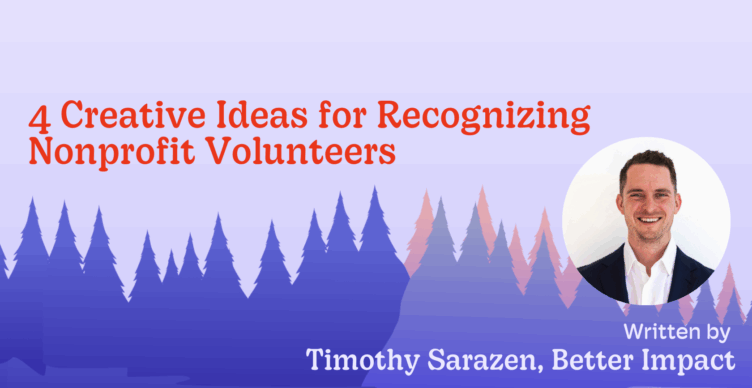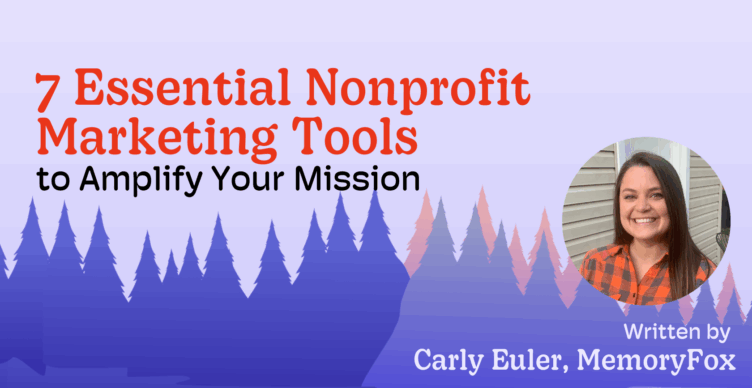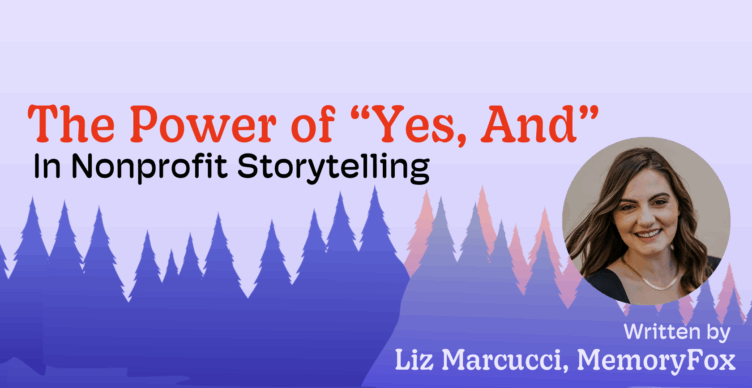Storytelling Strategy, Video Storytelling
10 Nonprofit Storytelling Statistics You NEED To Know
For nonprofits, storytelling has emerged as an immensely powerful tool to engage audiences, inspire action, and drive meaningful change. Time and time again, we hear thought leaders in the sector tout the importance of storytelling. At the 2025 Virtuous RNS, Bertrhude Albert, CEO of P4H Global stated, “Storytelling is humanity. It connects us to another human. It’s what our ancestors used to pass on values, knowledge, and understanding. Stories are what connects us to our past and propel us to our future.” We couldn’t agree more with this sentiment!
But is there substantial proof that nonprofit storytelling actually works?
Interestingly, while the essence of storytelling lies in its emotional and human appeal, it is statistics that often substantiate its effectiveness, appealing to those who favor data-driven decision-making. With this in mind, this article explores the ten compelling nonprofit storytelling statistics that highlight the critical role storytelling plays, and will continue to play, in the nonprofit sector.
Why Is Nonprofit Storytelling So Important?
- Stories Are More Memorable: According to the Stanford Graduate School of Business, stories are remembered up to 22 times more than facts alone.
- It’s How People Communicate: Personal stories make up about 65% of our conversations, as stated in Scientific American.
- To Find New Audiences: 79% of Gen Z donors find out about new causes through social media channels, according to Classy’s “Engaging Gen Z” Guide.
- Stories Humanize Your Mission: Hootsuite found that 62% of consumers say they are less likely to engage with and trust content if they know it was created by an AI application.
Is Video Storytelling Really That Crucial?
- Videos Are Enticing: In Sprout Social’s report, they found that 62% of users said they’ve become more interested in a product or brand after seeing it in a short-form video.
- Videos Stick With Us: According to Forbes, viewers retain 95% of a message when they watch it in video form versus 10% when reading it in text.
- Videos Are What People Want: Half of social media users prefer video over other types of content, according to Sprout Social.
Does Storytelling Impact Fundraising?
- You’ll Boost Donor Retention: Nonprofits Source found that nonprofits that effectively use storytelling in their fundraising efforts have a donor retention rate of 45%, compared to 27% for organizations that do not focus on storytelling.
- You’ll Inspire People To Give: 57% of people who watch nonprofit videos on YouTube go on to make a donation, according to Empower.
- Seriously – You’ll Raise More Funds: Fundraising campaigns that incorporate video receive 114% more funding than campaigns that don’t, according to Classy.
In conclusion, these ten statistics clearly demonstrate the profound impact storytelling has on nonprofit success, currently and into the future. While it may seem ironic to rely on data to validate the power of narratives, these numbers serve to convince the more analytically-minded of storytelling’s essential role, so you can be absolutely certain that storytelling is the right next step for you! By blending the emotional appeal of stories with the concrete proof provided by statistics, nonprofits can harness a comprehensive strategy that resonates with a diverse audience, ultimately driving greater engagement and support.

About the Author
Carly Euler
Marketing Manager, MemoryFox
Carly comes from the nonprofit world ready to elevate the hundreds of nonprofits in the MemoryFox community. She currently serves as the Co-Chair of the Wily Network’s Young Professionals Association, and has previously held positions at the Breast Cancer Coalition of Rochester, the Code of Support Foundation, Kenya Lacrosse Association, and the BOMA Project, where she has specialized in marketing, communications, and fundraising. Storytelling has been an integral part of each role.




